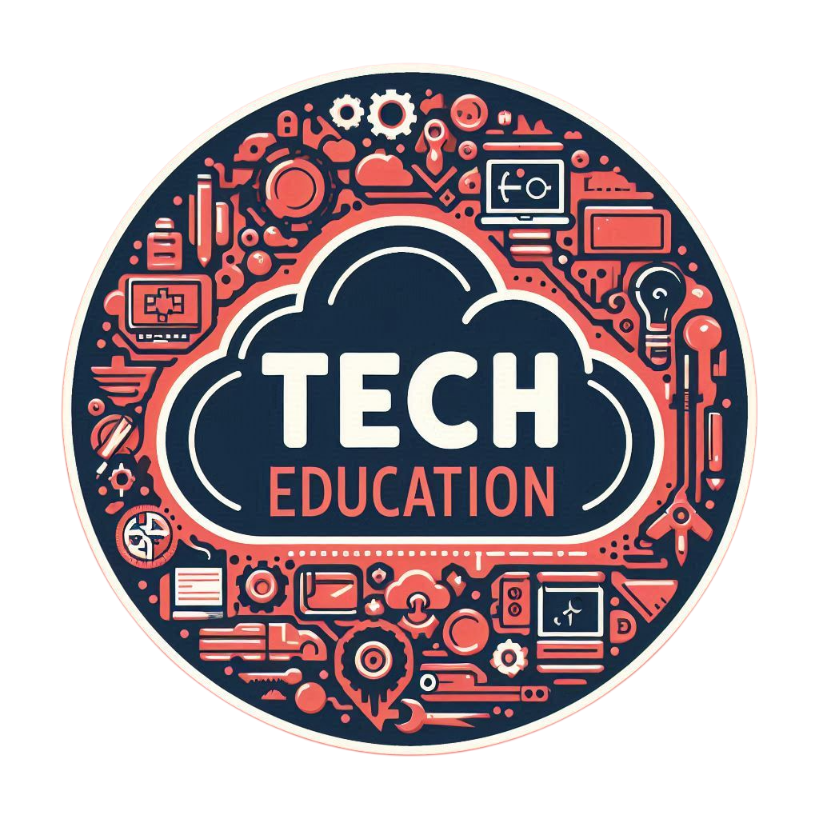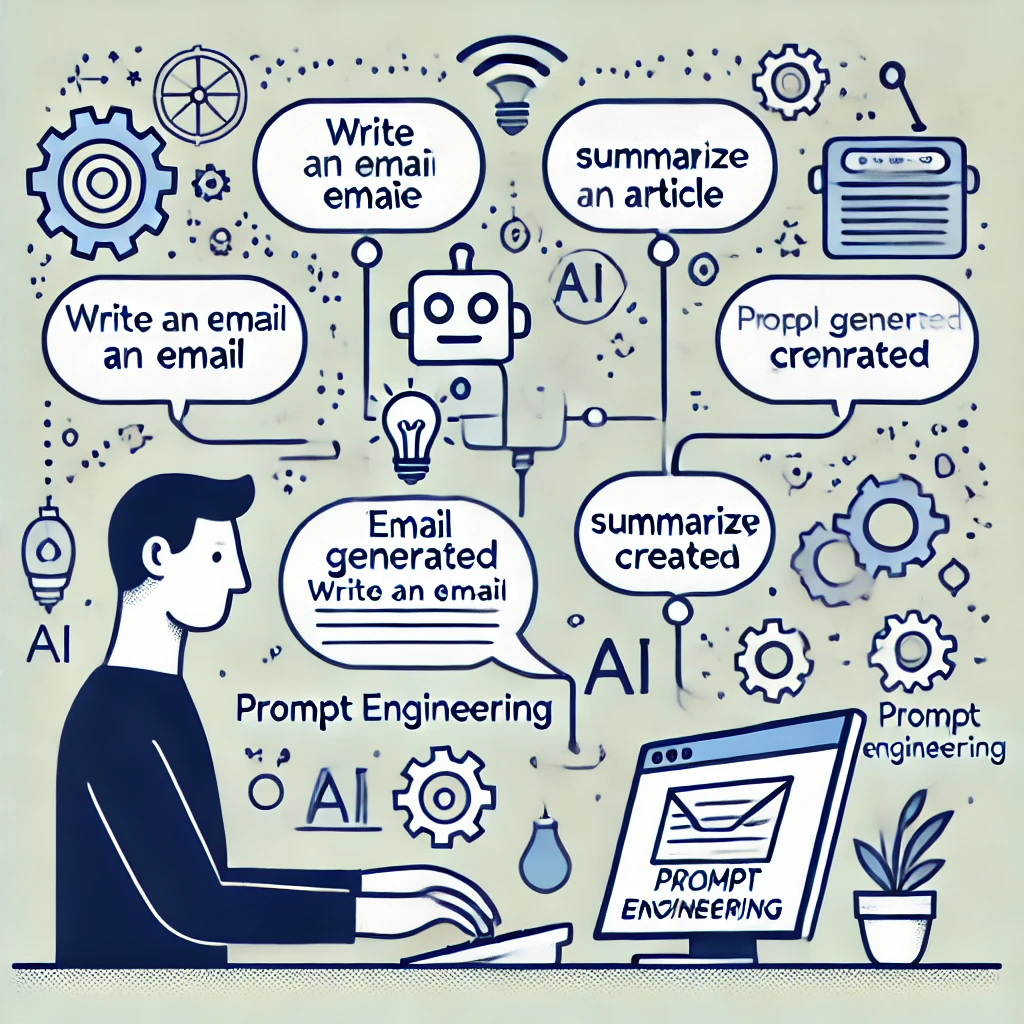If someone had told me a couple of years ago that I’d be spending a significant part of my time talking to artificial intelligence, I probably would have laughed. Fast forward to today, and here I am, completely immersed in the art and science of prompt engineering. This emerging skill is all about crafting the perfect instructions to get the best possible responses from AI models, and it’s changed the way I work, learn, and solve problems.
But it wasn’t always this way. Let me take you through my journey of learning prompt engineering, the bumps along the way, and how you can dive into it too.
Table of Contents
What Exactly is Prompt Engineering?
Before diving into my learning process, let’s clarify what prompt engineering really is. In simple terms, it’s the skill of crafting inputs (prompts) that guide AI models—like ChatGPT or other large language models—to generate useful, relevant, and accurate responses.
It sounds easy, right? Just type something and get an answer. But as I soon discovered, there’s a lot more to it. The quality of the response you get from AI hinges on how well you structure your prompts. You can think of it like cooking. The better the ingredients and preparation, the tastier the final dish. The same goes for prompts: the better they’re structured, the better the AI’s output will be.
How I Got Started with Prompt Engineering
My initial introduction to prompt engineering came when I first started using AI tools casually. Like most people, I used them for simple things—generating content ideas, summarizing articles, or playing around with fun questions. At the time, I didn’t think much about how my questions or prompts influenced the responses.
One day, I was working on a project that required a highly specific output from an AI model. The general, vague prompts I’d been using weren’t cutting it. That’s when I realized I needed to change my approach. I had to learn how to communicate with the AI in a way that led to precise and relevant answers.
My Learning Process: Trial, Error, and Improvement
1. Experimentation: The Key to Understanding
The first thing I did was experiment. A lot. And when I say experiment, I mean I spent hours testing different kinds of prompts, tweaking the language, changing the phrasing, and observing how the AI responded. I realized that even small changes could lead to drastically different results.
For example, asking an AI, “Tell me about natural language processing,” gives a broad overview. But if I said, “Explain how NLP works in the context of machine learning and its common applications,” the response became far more focused and useful.
During this phase, I learned that the more detailed and specific I was in my prompts, the more nuanced the answers became. I started keeping a journal to track what worked and what didn’t. This was one of the most helpful steps in my learning process because it allowed me to see patterns in how the AI responded.
2. Learning to Think Like the AI
After experimenting for a while, I realized that crafting a good prompt requires understanding how AI models work. AI, especially large language models, don’t “think” like humans. They process patterns based on the data they’ve been trained on.
This meant that if I wanted a specific result, I had to reverse-engineer my prompts. Instead of thinking about how I would phrase a question for a human, I needed to think about how the AI might interpret that question based on its training.
For example, I learned that giving clear instructions with step-by-step guidance helped. Instead of asking “Summarize this article,” I would ask “Summarize this article in three bullet points, focusing on the main arguments presented.” The AI appreciated the clarity and responded accordingly.
3. Studying Successful Prompts
A big part of learning for me was observing and studying how other people were using prompt engineering effectively. There are communities and forums online where people share their best AI prompts for various tasks, from content generation to code assistance. Reading these examples gave me inspiration and helped me refine my own techniques.
I spent time on platforms like Reddit, GitHub, and AI-related forums to see how others approached prompt engineering. The beauty of learning from others is that you often come across techniques and ideas you wouldn’t think of on your own. Seeing the creativity in other people’s prompts really pushed me to think outside the box.
4. Iterating on Feedback
As I got more comfortable with prompt engineering, I realized that feedback is one of the most important tools. It wasn’t enough to just generate a response from the AI; I had to critically evaluate the quality of that response and adjust my prompts accordingly.
If the AI gave me a response that was too vague or off-topic, I went back to the drawing board, rephrased the prompt, and tried again. Each time, I found myself thinking, “How could I have phrased that differently to achieve a better outcome?”
This iterative process taught me the importance of precision and clarity. If I wanted a specific answer, I had to ask a specific question. Vague prompts usually led to vague responses.
How You Can Start Learning Prompt Engineering
Now that I’ve walked you through how I learned prompt engineering, let’s talk about how you can start. If you’re intrigued by the idea of getting better results from AI models, here’s a simple guide to get you started:
1. Start with Basic Prompts
If you’re new to prompt engineering, don’t worry about being perfect from the start. Begin by asking basic questions or giving simple tasks to the AI. See how it responds and note the quality of the answers.
Example: Instead of asking “Tell me about climate change,” try something more targeted like, “Explain the main causes of climate change, and give examples of human activities that contribute to it.”
2. Iterate and Improve
Once you’ve started, don’t be afraid to tweak your prompts. Ask the same question in different ways and compare the responses. This will help you understand how slight changes can impact the AI’s output.
3. Be Specific and Clear
The more specific your prompt, the better your result will be. If you want a detailed response, ask for details. If you want a short summary, specify that. Learning how to tailor your prompts to your desired outcome is key.
4. Practice Regularly
Like any skill, the more you practice, the better you get. Make prompt engineering part of your routine. Whether you’re using AI for content generation, data analysis, or even creative writing, experiment with how you phrase your prompts to see what works best.
The Future of Prompt Engineering
As AI models become more sophisticated, the demand for effective prompt engineering will only grow. In the future, prompt engineering might be as crucial as coding is today. It’s an incredibly valuable skill, and the best part is that anyone can learn it—regardless of their technical background.
For me, learning prompt engineering has opened up a world of possibilities. It’s allowed me to communicate with AI more effectively, produce better results in my projects, and even save time by automating certain tasks.
So, if you’re curious about how to get the most out of AI models, give prompt engineering a try. Trust me, once you start experimenting and refining your prompts, you’ll be amazed at how much more useful AI can become in your daily life.
Happy prompting!


Leave a Reply